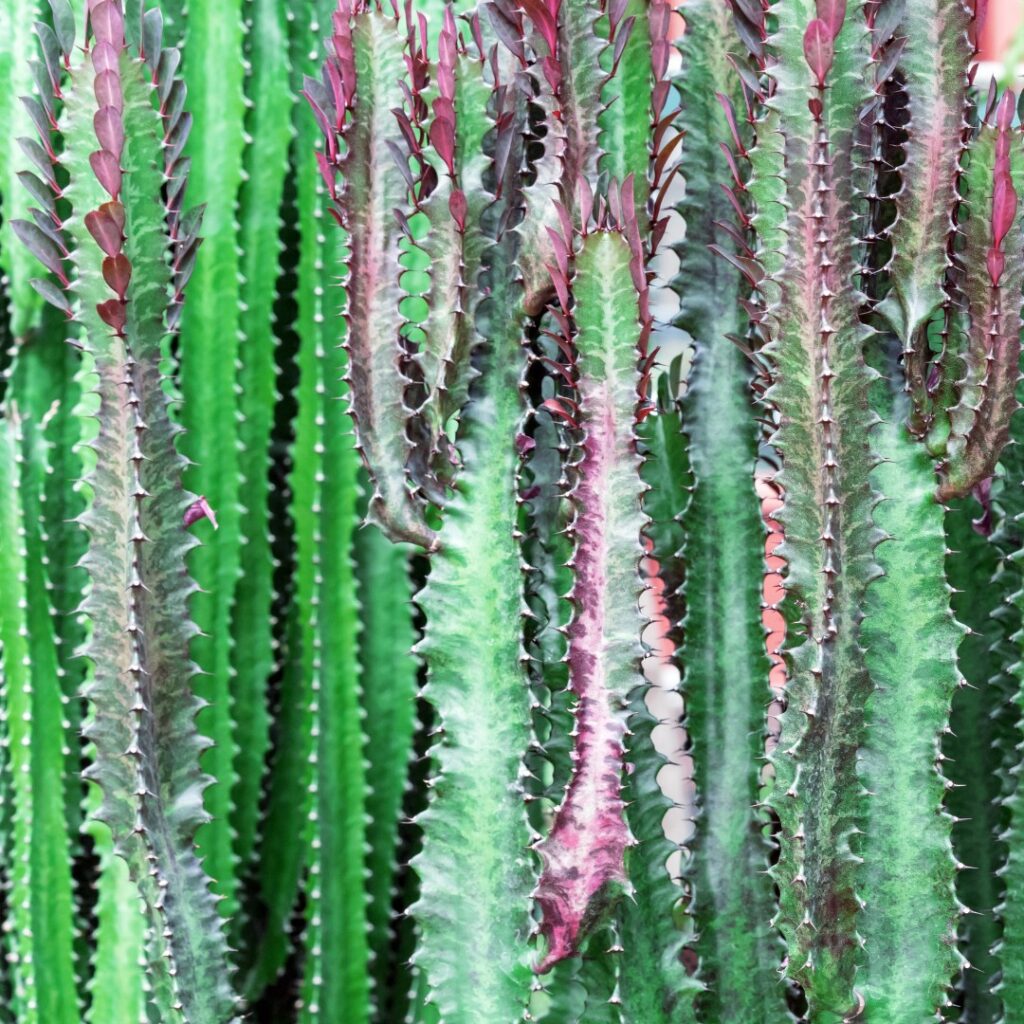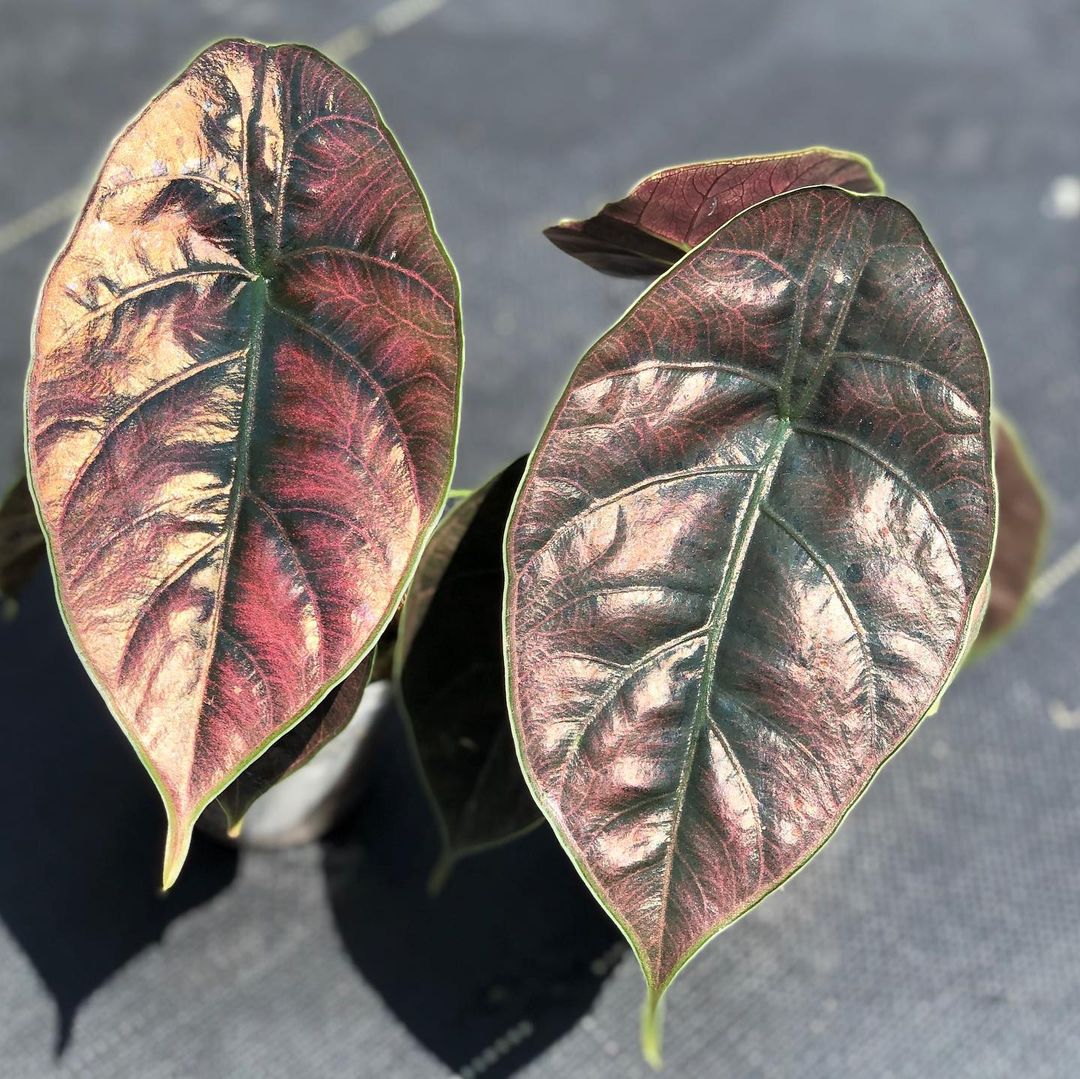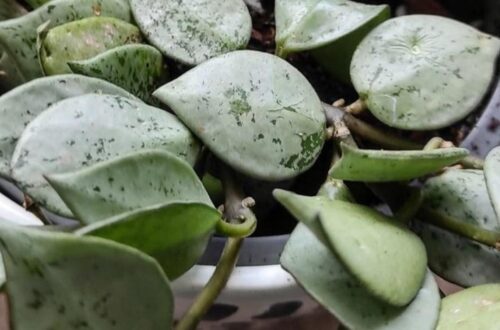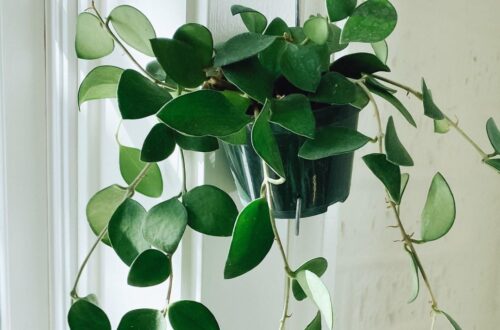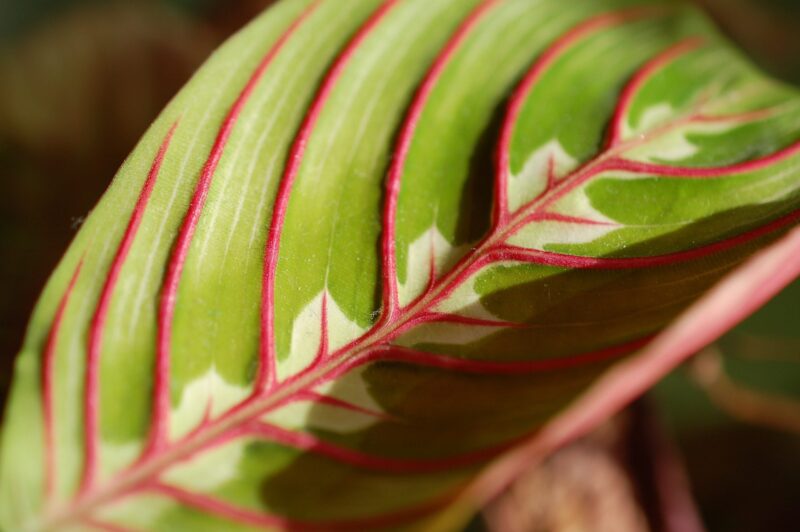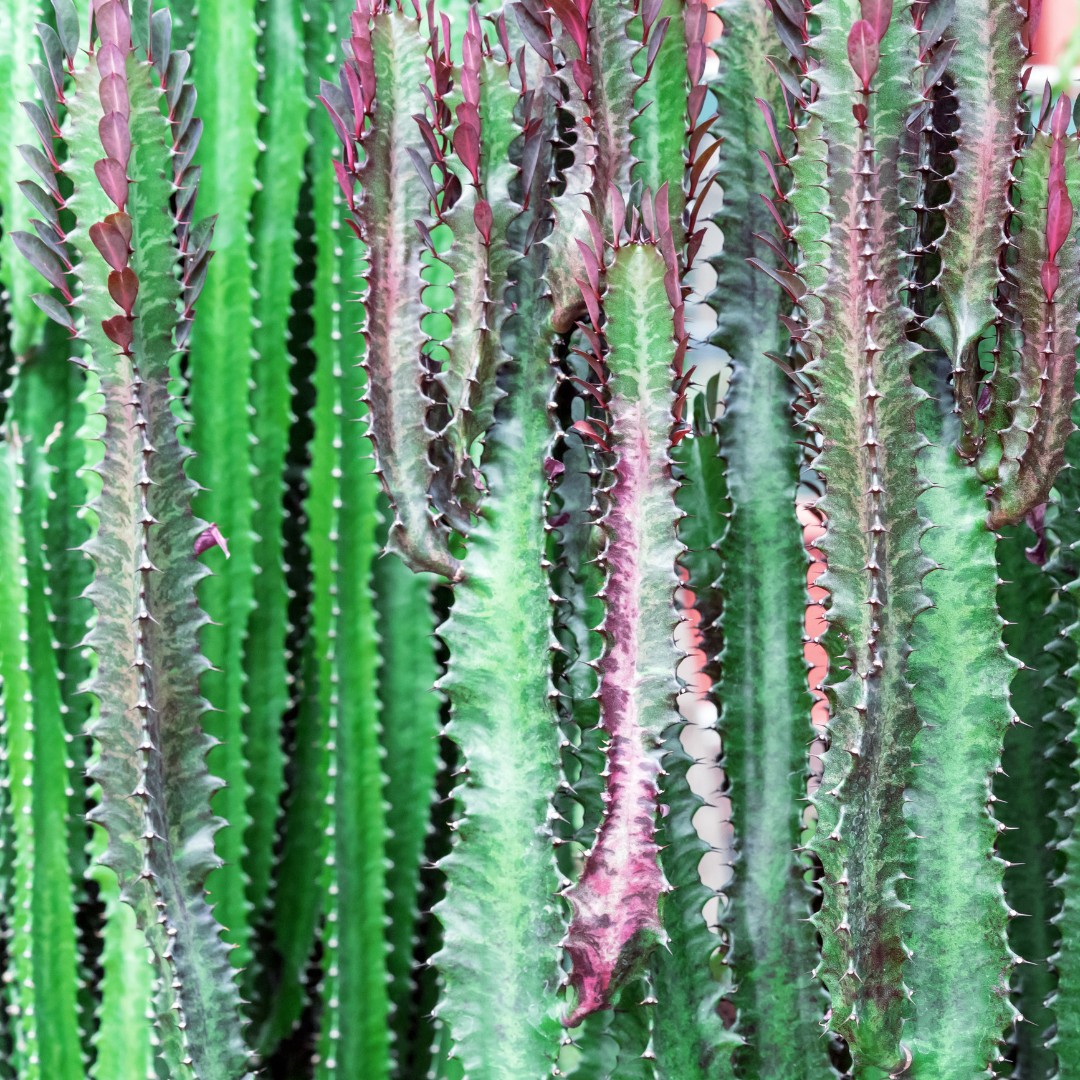
African Milk Tree
The ultimate guide to caring for an propagating the African Milk Tree, I have a few at home, they are fairly slow growers but they are easy to care for…
African Milk Tree Care Summary
| Light needs: | Bright indirect sunlight. |
| Watering needs: | Only water it if the soil is dry all the way down. Check weekly. |
| Fertilizer: | A dedicated cactus and succulent fertilizer in the summer months. |
| Soil: | Cactus and succulent mix. |
| Humidity: | 40% or less. |
| Temperature: | 18-25°C (64-77°F). |
| Where to buy: | Try our list of Rare Plant Shops. |
| Other names: | Euphorbia trigona, African Milk Tree, Cathedral Cactus, Abyssinian Euphorbia. |
| Common issues: | Overwatering and sunburn. |
Introduction
Fun fact(!) The African milk tree a.k.a. the euphorbia trigona is actually a succulent. Originating from from West Africa where they grow fast into big dense hedges and thickets These fast-growing plants grow in big hedge-like groups in their natural environment. As a houseplant they are grown for their impressive form, of tall thin towers with spiked or leaved ridges running up the sides. They can even gown up to 2 meters tall (over 6 feet).
See also: Succulent Soil, Succulent Propagation, Propagation of Snake Plants.
Tip: we recommend Etsy for buying plants. Look for the best rated seller you can, and try to buy as close to your home as possible so the plant does not travel too far.
A note about affiliate links: when you buy a plant, pots, soil, or other goods through links on this article we sometimes earn a commission. It doesn’t cost you anything, but it really helps us out if you do use them. Thanks a lot! An example of this is if you buy a plant on Etsy using this link. Read our privacy policy for more information. Thanks again.
African Milk Tree Light Needs
They will thank you for giving them as much indirect sun a you can. Some direct is ok too. So give them a well-lit location like a south-facing window.
When not given enough light they can grow ‘leggy’, in this case move it closer to the window.
If given too much sun they can burn. The best thing to do is to move them closer to the sun slowly, or reduce the shade, so that the acclimatize. They can survive outdoors in almost full summer sun, although you will likely see scorch marks.
How Often To Water?
Let the soil dry out before watering them again. Check the soil each week, and do not water if is still damp. Naturally these plants are drought-resistant and store water in their trunks. will flourish if left to dry up between waterings. Overwatering is the most common cause of problems for African Milk Tree, so make sure they dry out before watering them again. Also empty out any water left in the container about 5 minutes or more after watering so that the plant does not sit in wet soil.
Fertilizer
I do not feed my African milk tree and it grows really well. If you make sure it is planted in a good quality potting mix it will get it’s nutrients from there. If you want you can feed them a dedicated cactus and succulent fertilizer in the summer months.
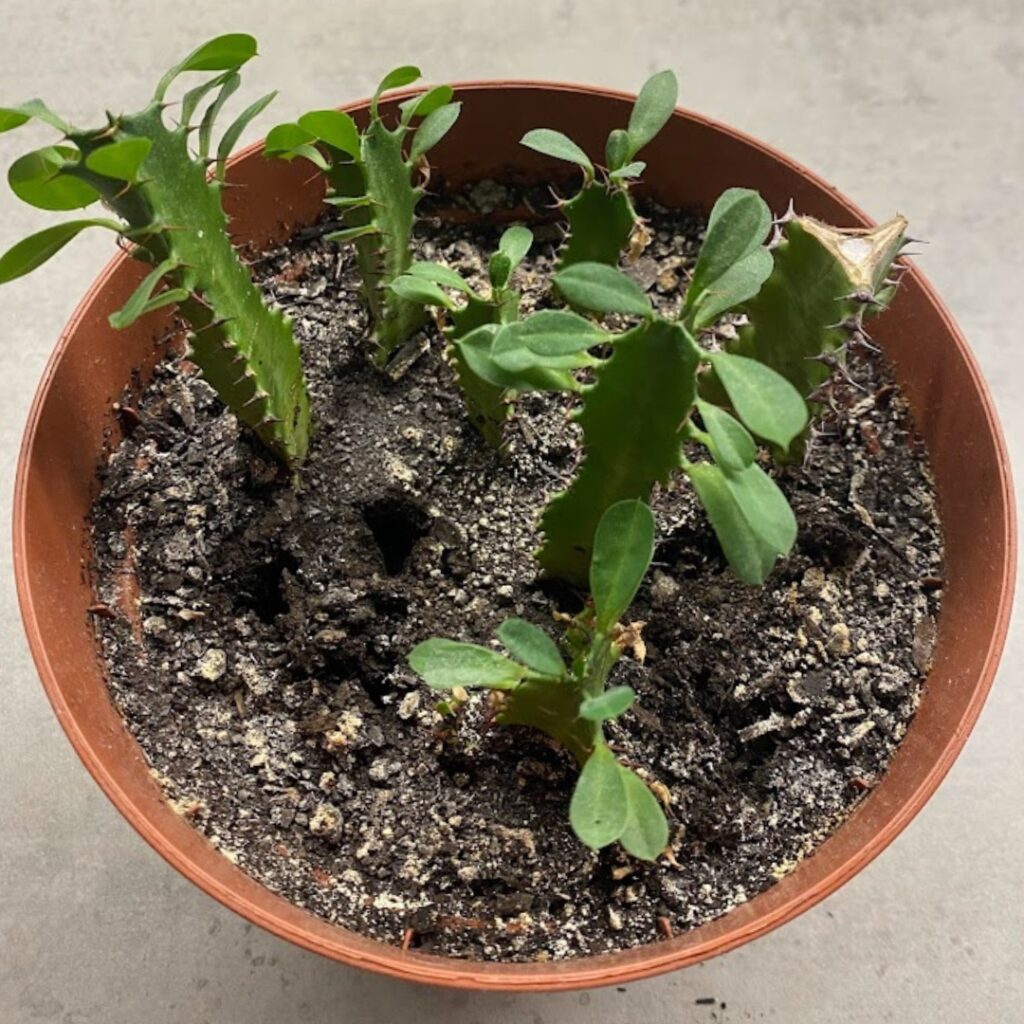
Soil
A cactus and succulent soil will be great. They love a sandy, gritty, fast-draining. You can use a DIY succulent compost or use high-quality commercial cactus soil with plenty of drainage.
When To Repot?
It will probably only need repotting every 2 years, but check the roots yearly and repot it if they are getting crowded. Spring is a good time to do this, so that it has space to grow as the weather gets hotter. Use gloves as they can be difficult to handle.
Temperature
Aim for 18-25°C (64-77°F) ideally, they will tolerate a lot hotter and colder at times though. Temperatures should not go below 10°C (50°F) at night.
Humidity
African milk trees do not need any extra humidity requirements. They love dry conditions.
How To Propagate
African milk tree propagation is easy by taking a stem section – break it off carefully and try to avoid the sap as it can be an irritant. Let the cutting callous over for a day, then once healed pot it up in a cactus and succulent soil and keep it moist until it roots. You can keep it humid during propagation to encourage rooting.
It can take about two months to root, and once it stat to produce new growth at the top of the plant you can treat it as a juvenile plant.
See also: Succulent Propagation (with pictures).
Other Names
Euphorbia trigona, African Milk Tree, Cathedral Cactus, Abyssinian Euphorbia.
Where To Buy
Try our list of Rare Plant Shops.
Is It Toxic To Cats?
They are toxic to cats if eaten, and can cause vomiting and numbness. So seek vets advice immediately if your pet eats any.
African Milk Tree USDA Zone
Zones 9-11.
For more on succulents and cacti, see our succulents category with all our care guides.
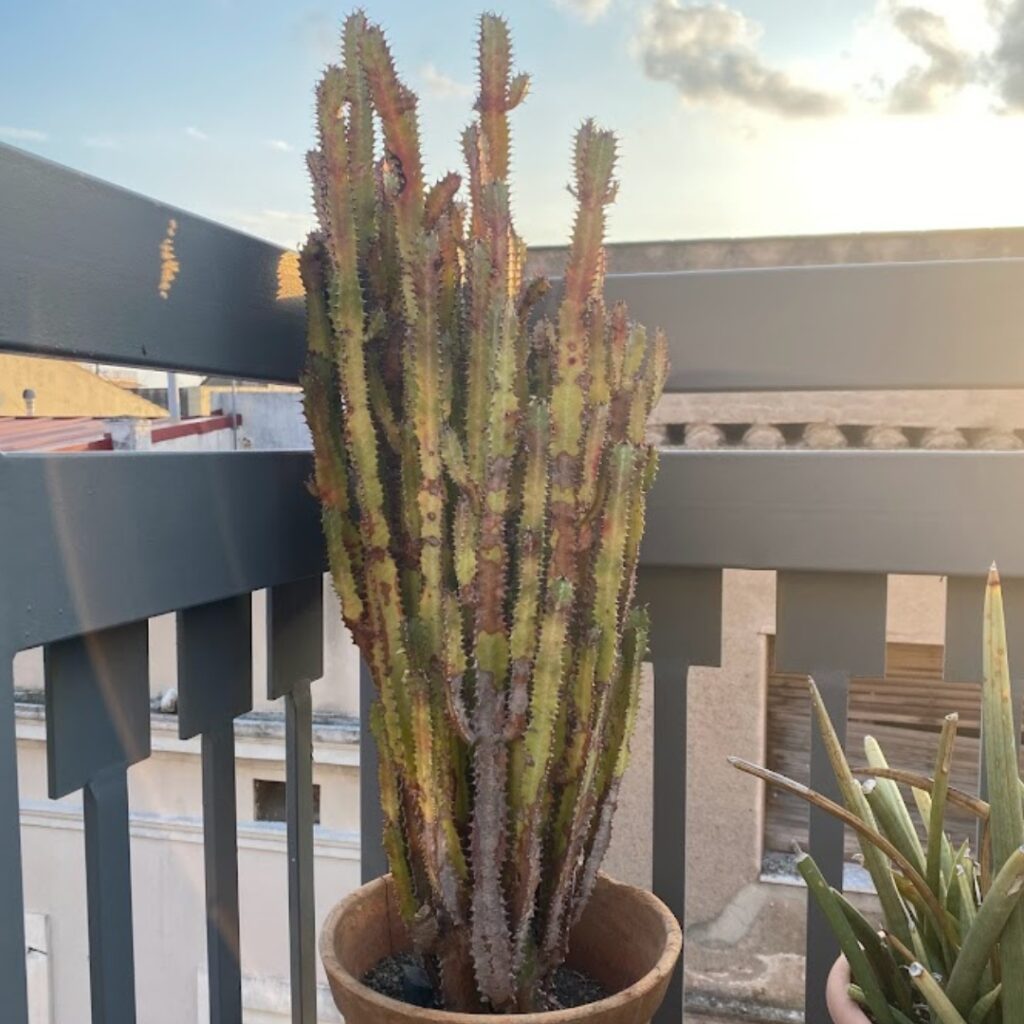
Common Issues And Frequently Asked Questions
In terms of upkeep, African milk trees are really easy to take care of, just keep an eye out for these issues…
They turn red when they are close burning from the sun and are dehydrated slightly. Some people like the effect but be careful the plant does not burn.
They can technically flower, but none of mine ever have and I’ve had them for a few years. They can flower with lots of small yellow blooms, close to the trunk of the plank.
Sometimes they grow tall and then get a lot of small growth at top which cause them to be top heavy, in this case you can trim some of the new growth at the top and repot he whole plant into a bigger and heaver container to stabilize it.
Yellow leaves can occur due to the age of the leaf, they naturally fall off and die as they get older. It can also be a sign of overwatering. Make sure the soil is dry all the way down before watering the plant and tip out any excess water from the external container after watering so that the soil does not get waterlogged.
Brown patches are most often due to sunburn. It can also be due to ‘corking’ which is where plants stems turn woody as they mature. This corking can also be sped up by excess sun, so cut down on direct sun if you see brown spots, and your plants should be fine.
They drop leaves regularly, as long as you see new growth at the top of the plant do not worry.
They can get sunburn which shows as brown spot in the trunks. I have a few outside on my terrace and I like the weathered look to be honest.
Yes it is a succulent and not a cacti.
Not at all, the African milk tree isn’t a tree at all, but a succulent that grows in think trunks.
Almost every party of the trunk and fruit is poisonous when eaten, the white sap can also irritate the skin. Make sure you do not get it in your eyes. .
Overwatering is the most common cause of African milk trees dying, causing them to rot from base first. Make sure you et the soil dry out before watering it again. Other problems include exposure to cold temperatures, sunburn, or pests.
Make sure you are not over or underwatering the plant, the most common issues are due to too much water and sometimes too little. Check the soil weekly but only water it if dry.
They can grow to over 3 meters tall (10 feet) if given the right conditions.
You can get it to branch by pruning it, the plant should branch fairly close the cut site.
You can sue gloves to hold the plant, or roll up a sheet of paper, then loop it around the main part of the trunk and use it like a handle, so you don’t have to touch the spines.
Other Articles You Might Like
Hope you liked our article, you might also like these articles: Succulent Soil, Coral Cactus, Cactus From Seed, Propagation of Snake Plants.
Please follow us on Instagram and Pinterest for regular plant updates and occasional plant giveaways.
